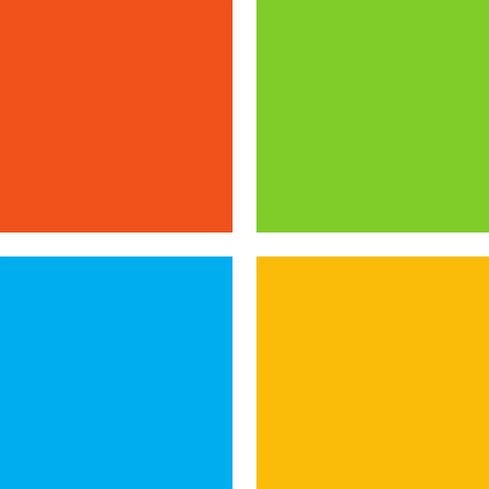On Aug. 24, 1995, Windows 95 was released amid global fanfare, marking a significant milestone in the history of Microsoft.


Windows At 30: Microsoft's OS Keeps Evolving
Windows At 30: Microsoft's OS Keeps Evolving (Click image for larger view and slideshow.)
Twenty years ago today eager customers lined up to get their hands on Microsoft's Windows 95 operating system. It was a notable day in software history and for a young company still in the early stages of becoming a tech giant.
Microsoft celebrated the launch with a tremendous publicity campaign, complete with celebrity appearances and TV commercials, intended to spark global enthusiasm for Windows.
[Microsoft's future: New Surface, Lumia phones on the way.]
The fanfare was fitting for an operating system that marked a pivotal change in how people interacted with their computers. Windows 95 packed a range of new features that put it ahead of predecessors Windows 3.0 and Windows 3.1.
The system's most iconic additions were the Start button, menu, and taskbar that became core components for future Windows PCs. When Microsoft overhauled its user interface and eliminated the Start menu in Windows 8, the user backlash was great enough to inspire its reinstallation in Windows 10.
Windows 95 was designed for simple navigation, which was welcome at a time when more everyday consumers were beginning to invest in home computers. A new user interface made it easier to access folders, files, and applications via shortcuts on the desktop screen. Users were no longer constrained by a file name limit; they could now make file names as long as they wanted.
The upgrade boosted Windows from a 16-bit to 32-bit OS. Windows 95 also delivered built-in Internet support, dial-up networking, more powerful networking and mobile computing features, and Plug and Play capabilities to enable hardware and software installation.
At the time Windows 95 was released, 80% of PCs around the world were running earlier versions of Windows and MS-DOS operating systems. These users provided a massive upgrade base for Microsoft, which sold more than seven million copies of Windows 95 in the first five weeks of its launch.
Microsoft and the technology industry have both evolved greatly since 1995. Almost one month ago Redmond celebrated the launch of Windows 10, the newest addition to its OS lineup.
This time, there were no lines of Windows customers waiting to purchase an upgrade. Windows 10 is a free upgrade from Windows 7, Windows 8, and Windows 8.1 available for download via Windows Update. Microsoft's marketing strategy for Windows 10 was both notable and festive, but still pales in comparison to the investment made in publicizing Windows 95.
Twenty years after the launch of Windows 95, Microsoft is under new leadership and has embraced a new corporate vision. Windows 10 was designed with cloud and mobile in mind, an effort to tie together the many types of devices in the Windows ecosystem.
About the Author(s)
You May Also Like







